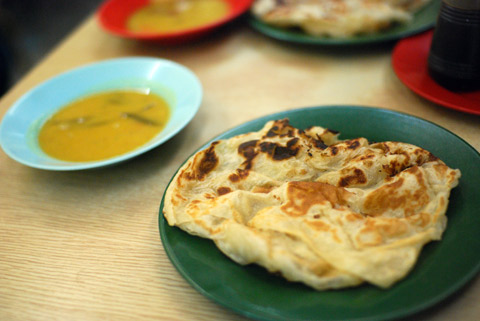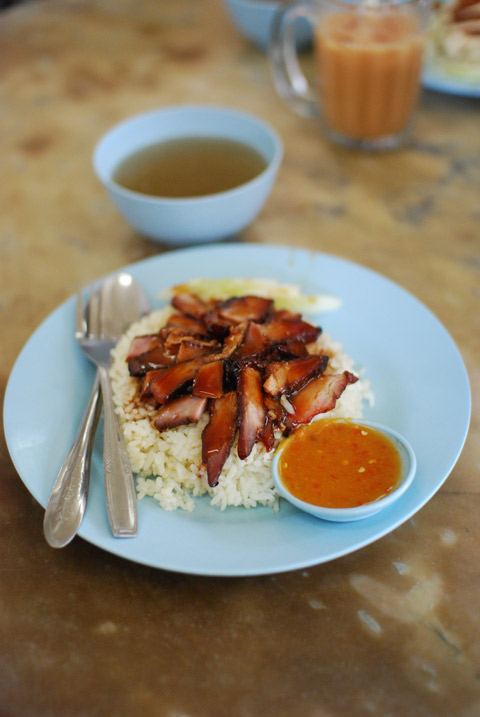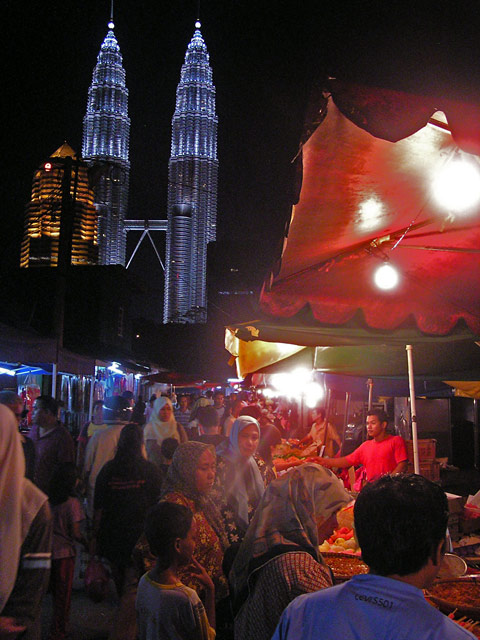
Saturday night market in Little India, Kuala Lumpur
If you could choose your last meal in a country, what would it be?
It’s a much more concrete question than some imagined last supper: unless you’re on death row or about to commit suicide then chances are you’ll have no power over the menu for your last meal, making it a question barely worth mooting as often as it is mooted. Most people who are executed don’t get any choice (contrary to the American myth) and being on your death bed also tends not to elevate the appetite. What the “last supper” question is really asking is “what is the best that you’ve already eaten?” from which the questioner is meant to discern the palate of the questioned or at least receive an answer pre-fried in nostalgia.
As for a last meal in Malaysia, what I’d do is bury myself neck-deep in a crowd and eat whatever the locals are chowing down upon, preferably in an open air environment.
Which is what I did.
The Saturday night market in Kuala Lumpur’s Little India could not be more packed without the crowd trampling each other to death ensuring that some in their midst had died whilst consuming their last meal. The food draws ecumenically from Malaysia’s street food faiths making it a great destination to either bone up on your knowledge of regional specialties or revisit the greatest hits of your time in Malaysia. There is also a great deal of street food that seems to be of questionable provenance, by far the most dangerous of meals.
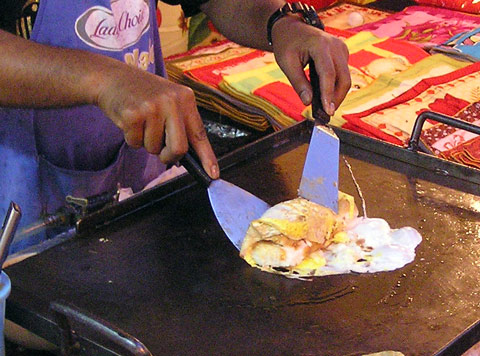
Witness roti tarbus, a spicy Sloppy Joe made from a sweet white bun stuffed with minced, chilli-infused meat and wrapped entirely in a thin layer of fried egg.
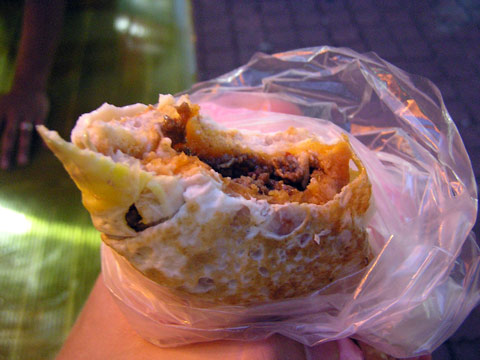
Once again, Asia seems to be at the forefront of perfecting variations on American classics. The mix of chilli and fried egg is one of the world’s great flavour combinations in a one handed food.
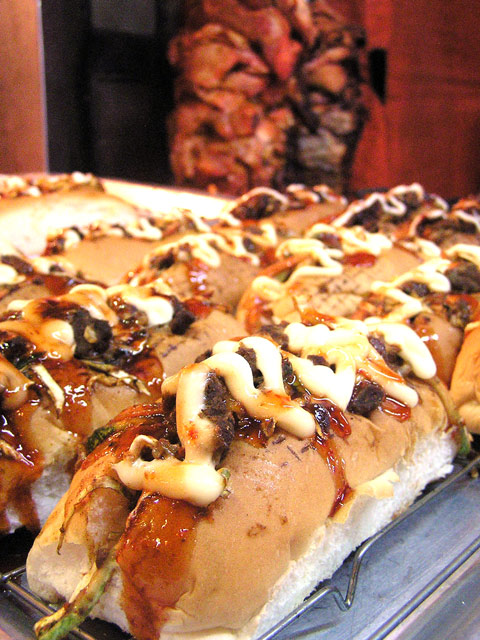
Roti kebab is kebab meat fresh from the rotating pole, served up in a sweet bun topped with a squirt of commercial mayonnaise and a dose of barbecue sauce. Saccharine and squishy.

Fried chicken gets the stringy-looking outer coating from shreds of galangal, that lesser, woodier cousin of ginger; and is served in Styrofoam clamshells to be eaten elsewhere.
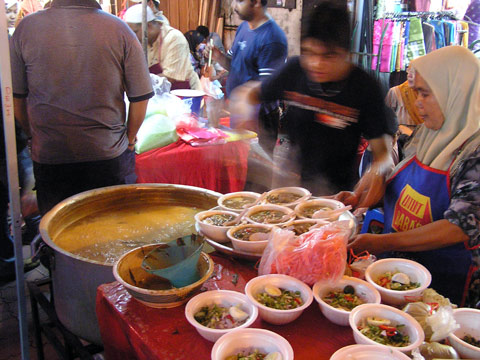
On the more traditional front, this stall is among the handful of street vendors outside of Penang to be serving Penang-style assam laksa, doling out both bowls and thin plastic bags. This version was tartly sour and thin but judging from the crowd and the near impossibility of procuring a seat on the communal tables behind the stall, this is the way that Kuala Lumpurites like it.
With a full stomach, I left Malaysia on the bus to Singapore, then onto Tiger Airways redeye to Melbourne, Australia via Darwin.
After almost three years, I’m home and it’s weird.
